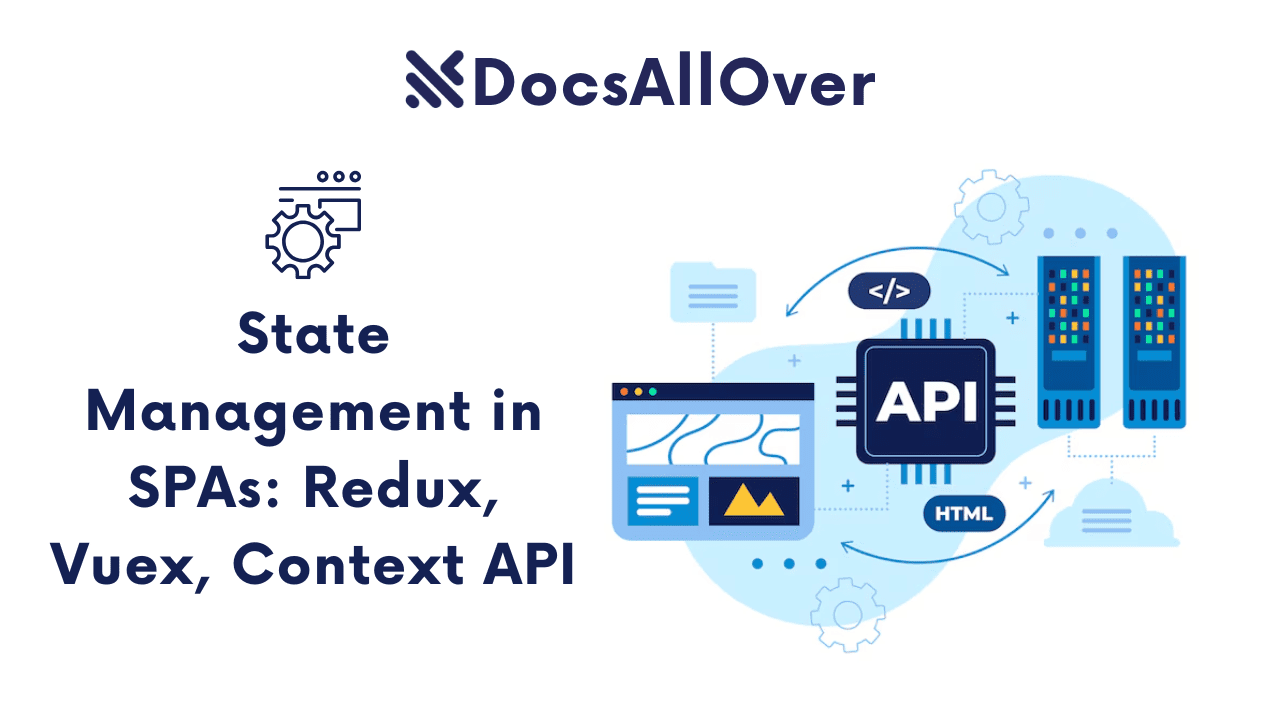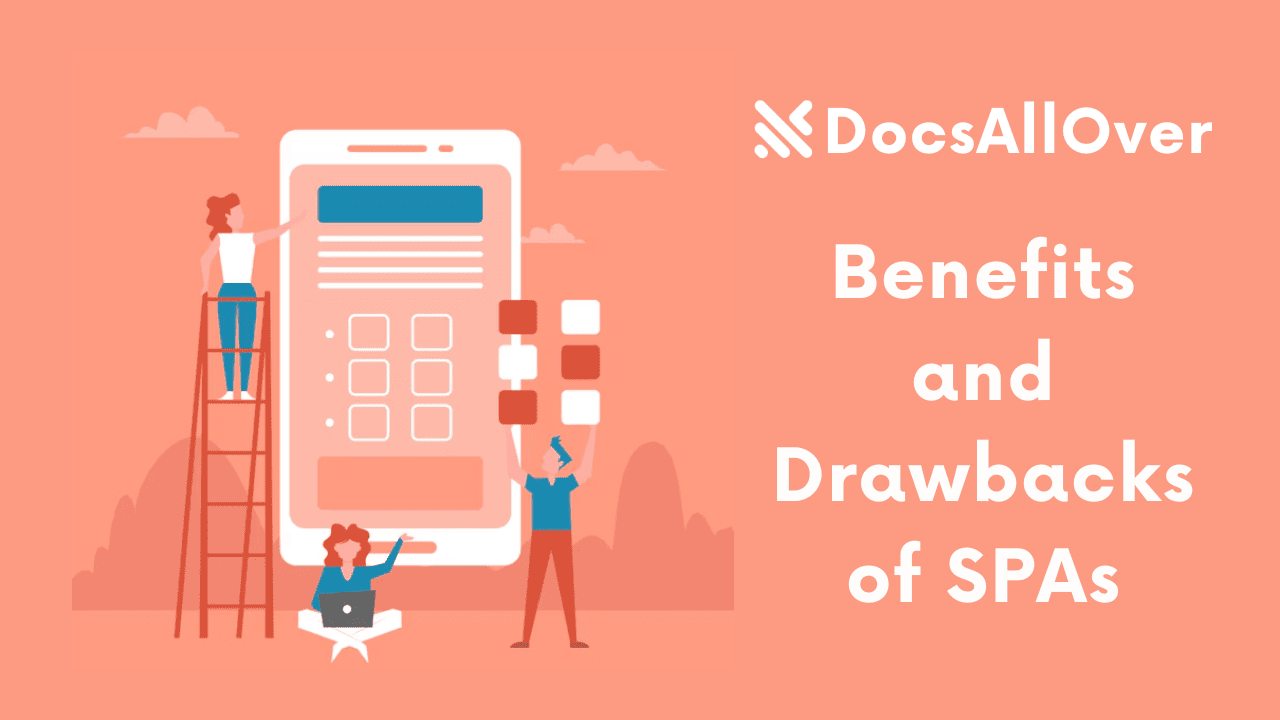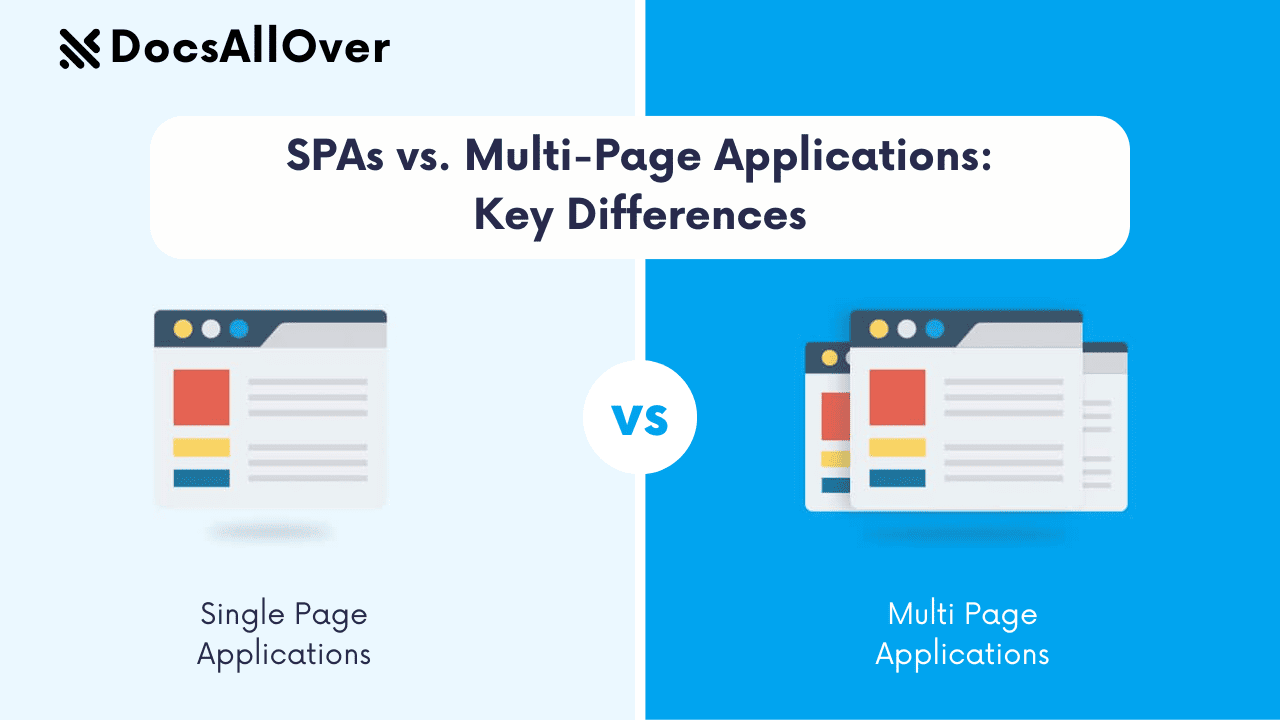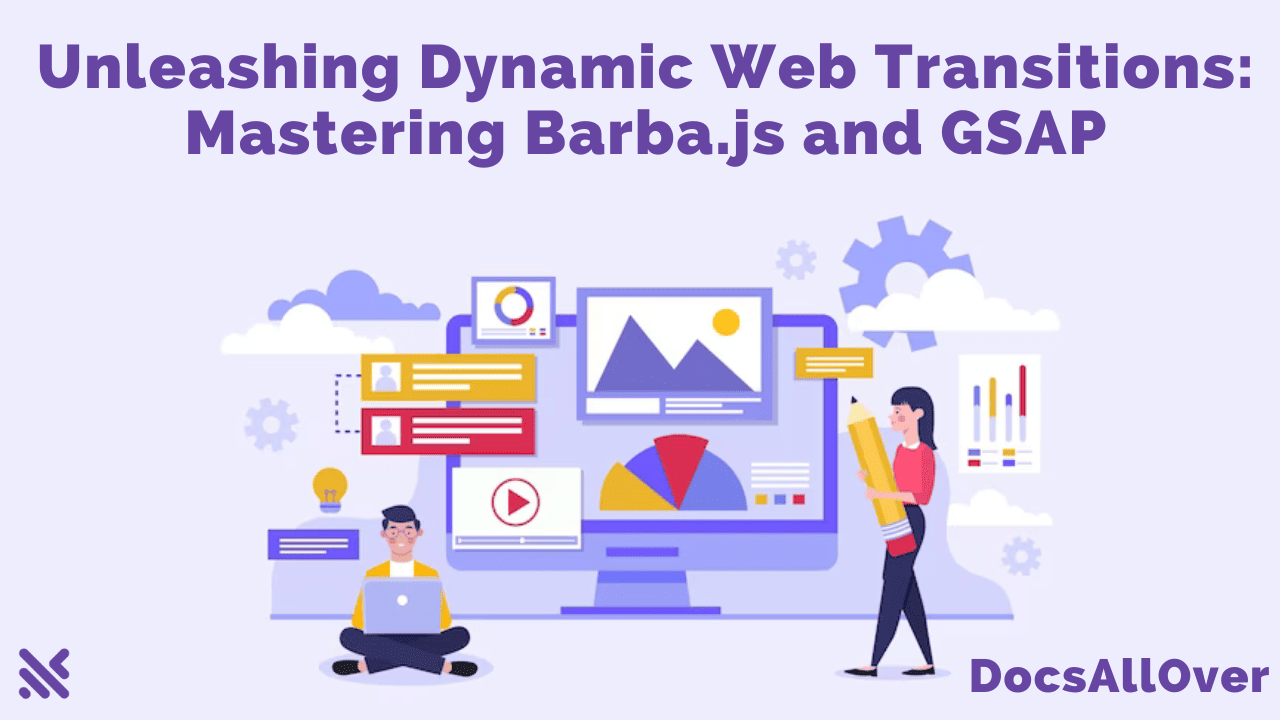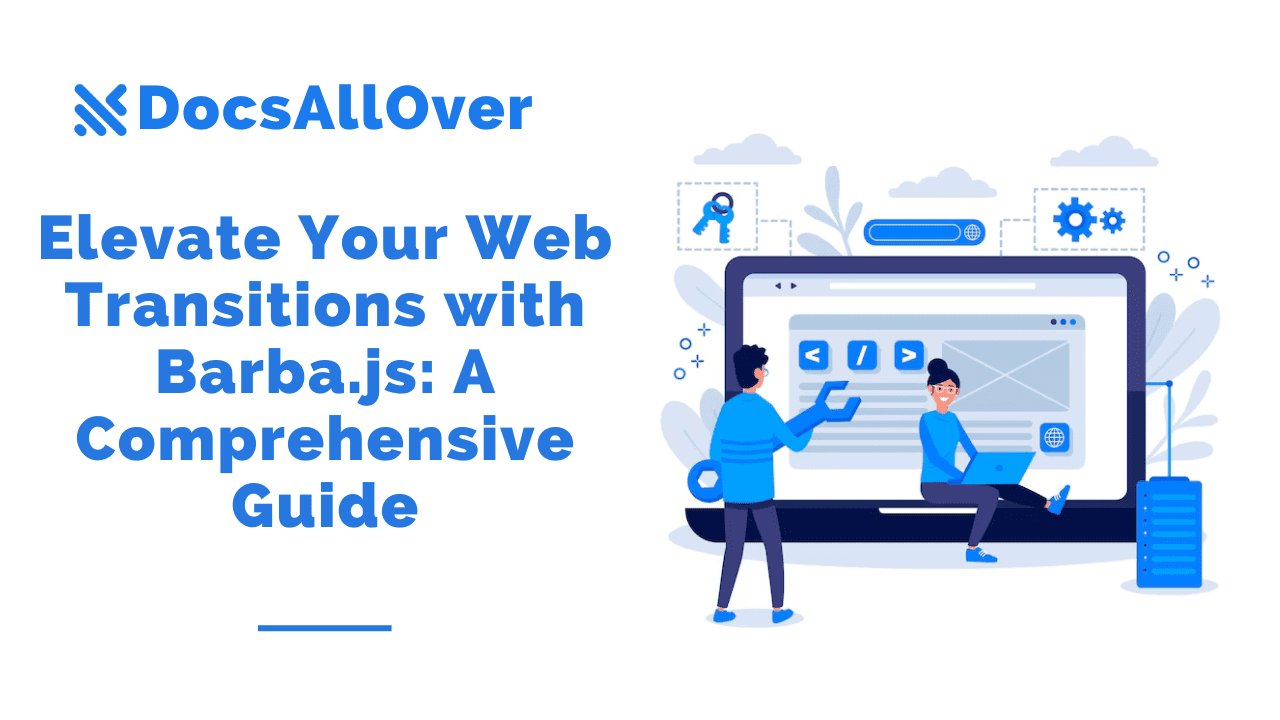The Power of Single-Page Applications (SPAs) for Seamless User Experiences
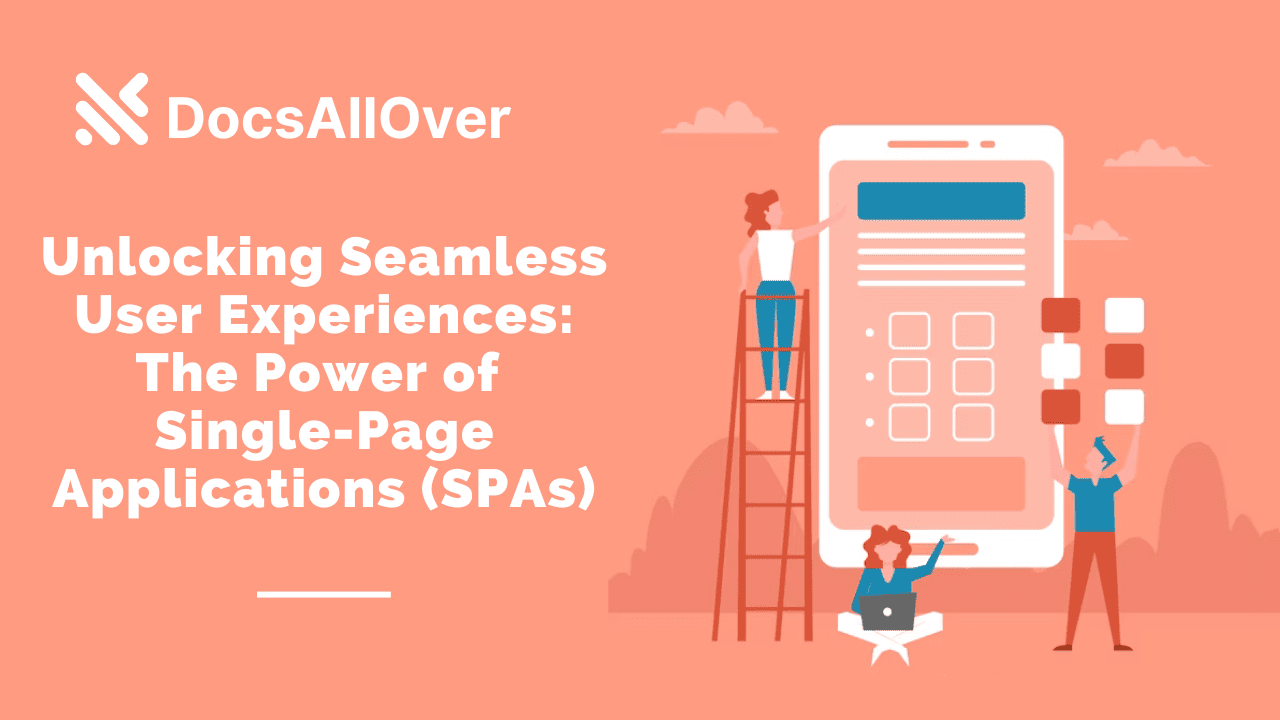
User experience plays a crucial role in the success of web applications. Users expect websites to be fast, responsive, and interactive. This is where Single-Page Applications (SPAs) come into play. SPAs revolutionize the way we build web applications by unlocking seamless user experiences. In this blog, we will explore the concept of SPAs and delve into some programming language examples that showcase their power.
What are Single-Page Applications (SPAs)?
Single-Page Applications (SPAs) are web applications that operate within a single web page. Unlike traditional multi-page websites, SPAs dynamically update content on the page without requiring full page reloads. This results in a smoother and more responsive user experience. SPAs achieve this by loading the initial HTML, CSS, and JavaScript files and then fetching data from the server asynchronously, updating the page content without refreshing the entire page.
The Power of SPAs:
SPAs offer numerous benefits that enhance the user experience. Let's explore a few of them:
- 1. Improved Performance: With SPAs, the initial page load is faster since only the essential resources are loaded initially. Subsequent data fetching occurs asynchronously, minimizing the need for full page reloads. This leads to faster interactions and a more responsive application.
- 2. Seamless Navigation: SPAs enable seamless navigation within the application. Users can switch between different sections or views without experiencing the jarring effect of page refreshes. The dynamic content updates provide a fluid and uninterrupted browsing experience.
- 3. Enhanced Interactivity: SPAs allow developers to build highly interactive interfaces. User actions trigger instant updates and responses, creating a more engaging and responsive application. This is particularly useful for real-time collaboration, chat applications, and data-driven dashboards.
- 4. Offline Support: SPAs can incorporate offline support using techniques like service workers and caching. This enables users to access previously loaded content even when they are offline or have a poor internet connection. Offline support ensures that users can continue using the application with minimal disruption.
- 5. Real-time updates: SPAs can be used to create real-time applications, such as chat apps, social media feeds, and dashboards. This allows users to see updates to the application interface without having to refresh the page.
- 6. Offline support: Some SPAs can be designed to work offline, which can be useful for users who need to access the application while they are not connected to the internet.
- 7. Native-like experience: SPAs can be used to create web applications that look and feel like native mobile apps. This can provide a more immersive and engaging user experience.
Programming Language Examples:
Let's explore a few programming language examples that demonstrate the power of SPAs:
- 1. ReactJS: ReactJS, a popular JavaScript library, is widely used for building SPAs. It provides a component-based approach to UI development, allowing developers to create reusable UI elements. React's virtual DOM efficiently updates and re-renders only the necessary components, resulting in high-performance SPAs.
- 2. Angular: Angular, a TypeScript-based framework, is designed specifically for building SPAs. It provides a comprehensive set of features, including a powerful templating system, two-way data binding, and dependency injection. Angular's built-in support for routing and state management simplifies the development of complex SPAs.
- 3. Vue.js: Vue.js is another JavaScript framework known for its simplicity and versatility. It offers a smooth learning curve and allows developers to incrementally adopt its features. Vue's reactive data binding and component-based architecture make it an excellent choice for building SPAs with ease.
Single-Page Applications (SPAs) Vs Multiple-Page Applications (MPAs)

Single-page applications (SPAs) are web applications that load all of the necessary resources upfront and dynamically update the content as the user interacts with the application. This eliminates the need for page reloads, resulting in a much faster and more fluid user experience.
Multiple-page applications (MPAs) are traditional web applications where each page is a separate HTML document that is loaded from the server when the user clicks on a link. This can lead to a noticeable lag between page loads, which can disrupt the user experience.
| Feature | SPA | MPA |
|---|---|---|
| Definition | Loads all resources upfront and dynamically updates content | Each page is a separate HTML document loaded from the server |
| Page loads | Eliminates page reloads | Requires page reloads |
| User experience | Faster and more fluid | Slower and less fluid |
| Real-time updates | Can be used to create real-time applications | Cannot be used to create real-time applications |
| Offline support | Can be designed to work offline | Cannot be designed to work offline |
| Native-like experience | Can be used to create web applications that look and feel like native mobile apps | Cannot be used to create web applications that look and feel like native mobile apps |
| Examples | Gmail, Google Maps, Airbnb, Netflix, Pinterest, PayPal, Twitter, Facebook, Instagram | Wikipedia, Amazon, eBay, BBC News, CNN, The New York Times, The Guardian |
Which one to choose?
The best type of web application for your project will depend on your specific needs and requirements. If you are looking to create a web application with a fast and fluid user experience, then an SPA is a good choice. If you need to create a web application with a large amount of content or complex functionality, then an MPA may be a better choice.
Additional things to consider when choosing between SPAs and MPAs:
- Development complexity: SPAs can be more complex to develop than MPAs, as they require a deeper understanding of JavaScript and HTML5.
- SEO: MPAs are generally better for SEO than SPAs, as each page has its own unique URL.
- Accessibility: SPAs can be more challenging to make accessible than MPAs.
Overall, SPAs and MPAs both have their own advantages and disadvantages. The best type of web application for your project will depend on your specific needs and requirements.
How SPAs Work
SPAs work by using a variety of technologies, including asynchronous JavaScript and XML (AJAX) and JavaScript frameworks like React and Angular. AJAX allows SPAs to make dynamic updates to the content of a page without having to reload the entire page. JavaScript frameworks provide a number of features that make it easier to develop SPAs, such as data binding and two-way data flow.
Examples of Popular SPAs
Some popular examples of SPAs include:
- Gmail
- Google Maps
- Netflix
- Airbnb
These applications use SPAs to provide a more seamless and engaging user experience. For example, Gmail allows users to search for and read emails without having to reload the page. Google Maps allows users to pan and zoom the map without having to reload the page.
How to create a seamless user experience with SPAs
- Use preloaders and spinners to indicate that the application is loading. This will help to prevent users from becoming frustrated if the application takes a few seconds to load.
- Use animations and transitions to create a smooth and fluid user experience. For example, you can use animations to transition between different pages or sections of the application.
- Use lazy loading to load only the resources that are currently needed. This will help to improve the performance of your SPA.
- Use progressive enhancement to ensure that your SPA is accessible to users of all browsers and devices. This means providing a basic user experience even if the user's browser does not support all of the features of your SPA.
Best Practices for Developing SPAs
When developing SPAs, it is important to keep the following best practices in mind:
- Use a JavaScript framework: A JavaScript framework like React or Angular can make it much easier to develop SPAs.
- Use AJAX: AJAX is essential for providing a seamless user experience in SPAs.
- Optimize performance: SPAs can be complex, so it is important to optimize their performance for all users, including mobile users.
- Use progressive enhancement: Progressive enhancement ensures that users can still use your SPA even if they have an older browser or a slower internet connection.
Single-Page Applications (SPAs) have transformed the way we build web applications, unlocking seamless user experiences. By eliminating page reloads and providing dynamic content updates, SPAs offer improved performance, seamless navigation, enhanced interactivity, and offline support. Programming languages like ReactJS, Angular, and Vue.js have empowered developers to create powerful SPAs that deliver exceptional user experiences. Embracing SPAs allows us to build modern web applications that meet the high expectations of users in today's digital landscape.


